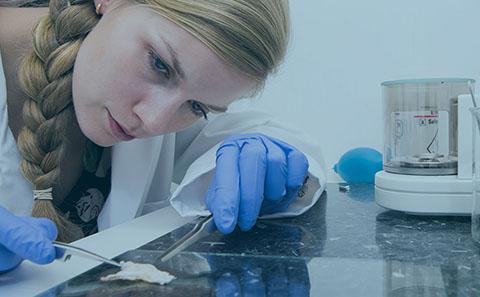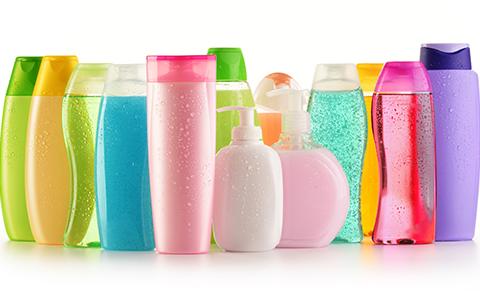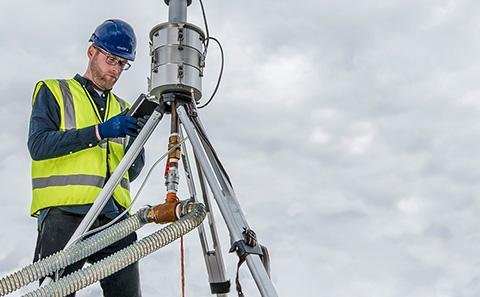Understanding microplastic pollution from the source
Mapping microplastic pollution in UK rivers to understand our contribution to the global marine plastic crisis
Every year, an estimated 12.7m tonnes of plastic ends up in our oceans and seas. Now, it seems, the world is waking up to the amount of waste we are creating from single-use products.
With the ban of microbeads coming into effect in 2018, action is rapidly being taken to try and change our habits for good; but there is much more work to be done.
Students and academics at Southampton are working hard to tackle the issues surrounding plastic’s effect on the environment and various ecosystems. Postgraduate research student Nina Faure Beaulieu is focusing her research on tackling the microplastic problem quite literally at the source, looking at microplastics in fresh-water systems in the UK.
Prevention and policy
Through sampling water from around the UK, focusing on the Thames, she will be able to assess the quantity and types of plastic and their source flowing through one of the world’s major cities, and eventually build a map of the microplastic content of the UK’s rivers.
This research will then feed into models to help us understand how much the UK is contributing to global marine microplastics through its rivers, and eventually influence policy.
“With all these pollution problems, prevention is better than cure,” says Nina. “It’s great to have a look at where microplastics are in the marine environment, but if we actually want to solve the issue of plastic pollution, we need to go to the source and understand where they are coming from, how they’re getting there, and try to convey this information properly to policymakers and the public so that we can come up with effective regulations.”
The problem with plastics
Little is known about microplastic pollution and its effects in comparison to macroplastic pollution (involving plastics above 5mm in size). Plastics cause entanglement, pollute the environment and can be ingested by marine life. But microplastics are more of a mystery; one that Nina is hoping to solve.
“We know that plastics get smaller and smaller and degrade into microplastics, but the effects of these aren’t really understood yet, and that’s why we need research in this area.
Plastic is everywhere. If we continue on this trend, plastic production is only going to grow, and levels of microplastics might increase. We need to know if these microplastics have an effect on health sooner rather than later.
Making change possible
With the facilities and cross-discipline expertise at our Waterfront Campus and the National Oceanographic Centre Southampton (NOCS), Nina is also able to go on international expeditions and work alongside renowned academics in her field of interest in order to achieve her goals of making a difference.
“I wanted to do research in Oceanography, and this is one of the best places to go to; the opportunities that come with studying at Southampton and NOCS are huge,” says Nina.
I have always wanted to make sure that the work I am doing has a wider impact than just being research; I like to see the path from collecting data to getting information out to the public and changing policy.
Boat Show 2018
Discover our exhibition at the Southampton Boat Show 2018, where you'll be able to learn more about marine plastic pollution from our experts, explore our facilities and get involved in activities and talks.
Find out moreYou might also be interested in:

Mapping the future of sea life conservation
Using chemistry and cross-disciplinary expertise to protect ocean life

Uncovering the impact of microbeads
Plastics in our oceans

Preventing disease in port cities
Analysing pollution particles from the docks to fight disease on the coast